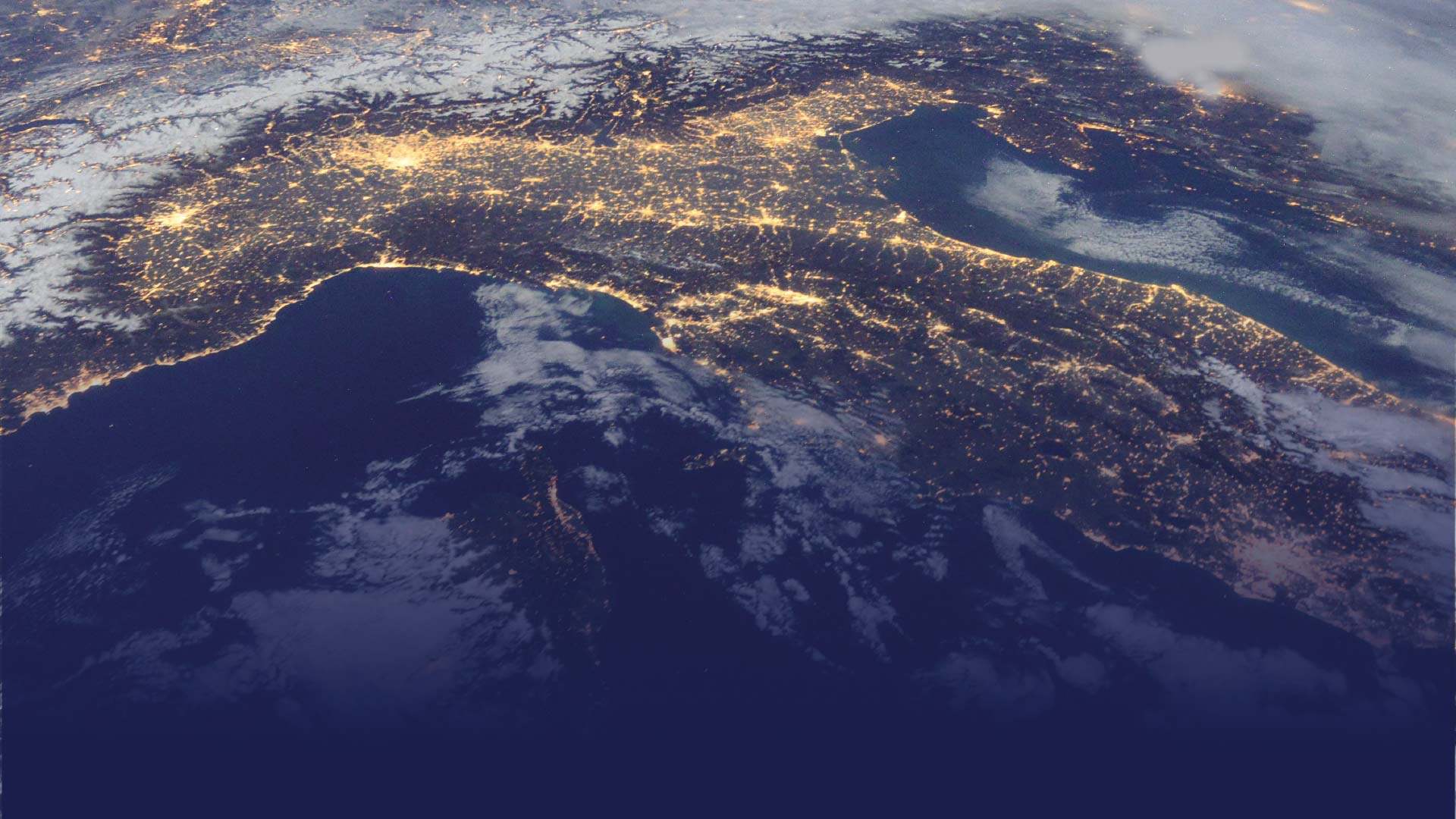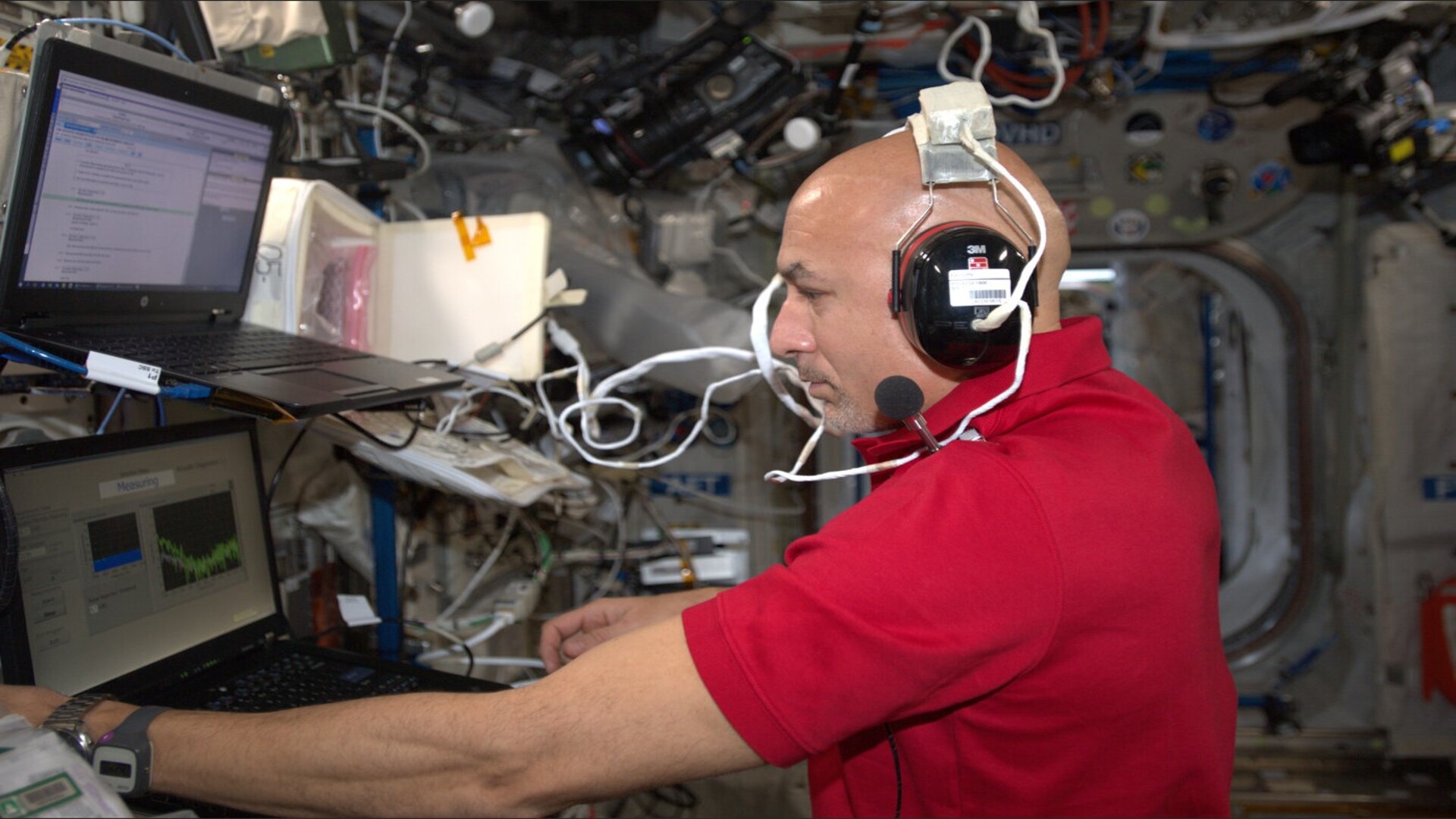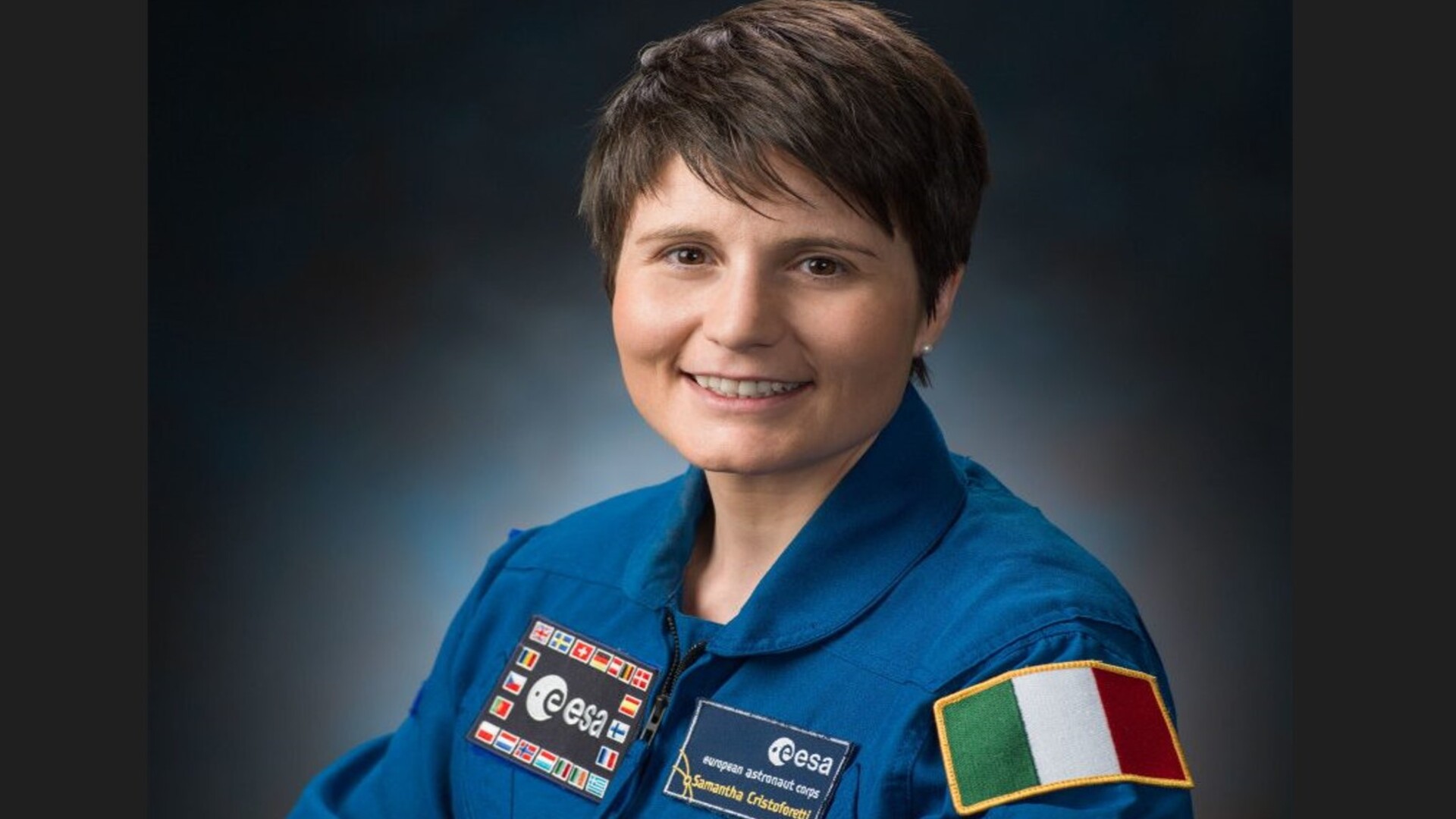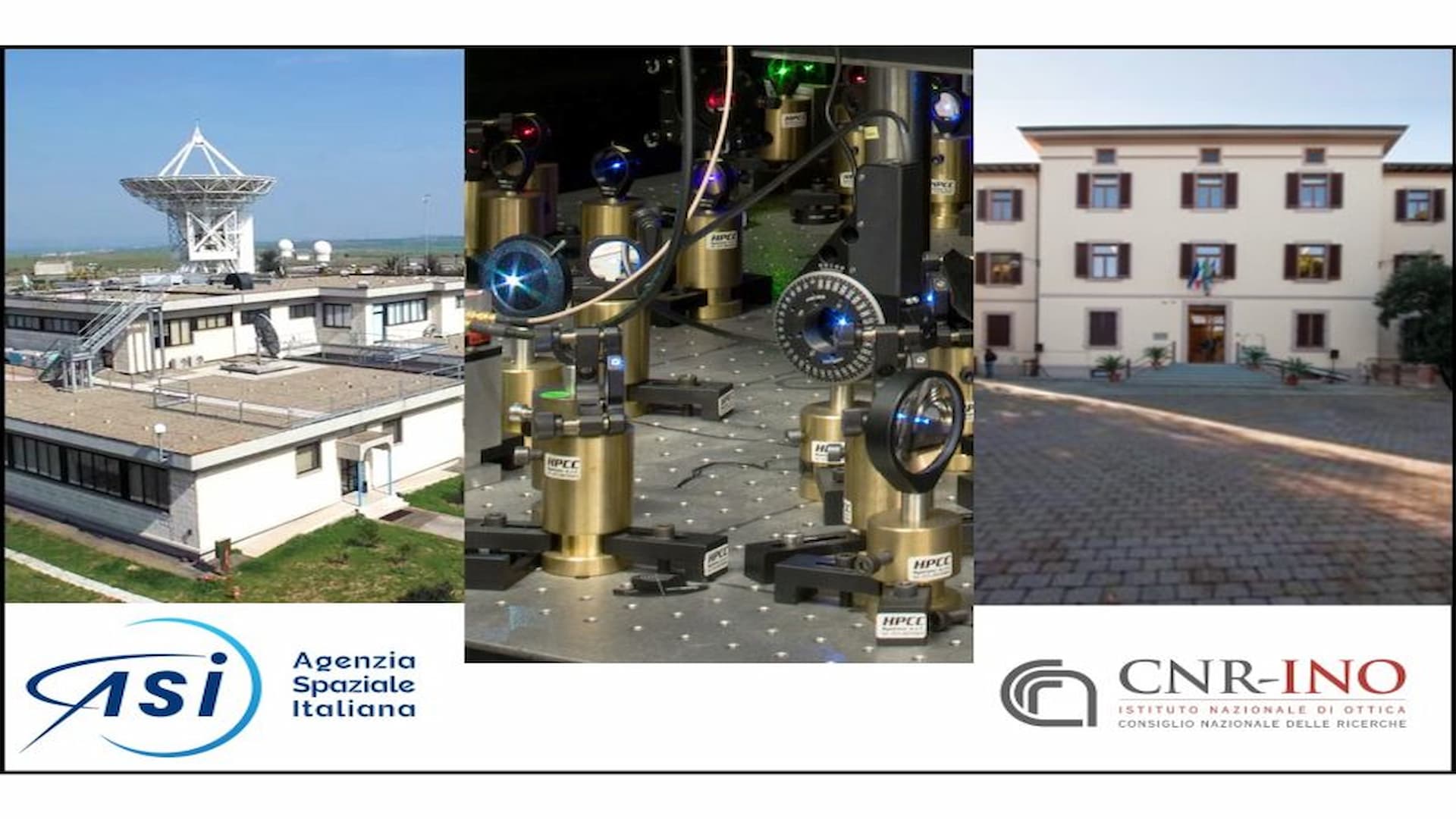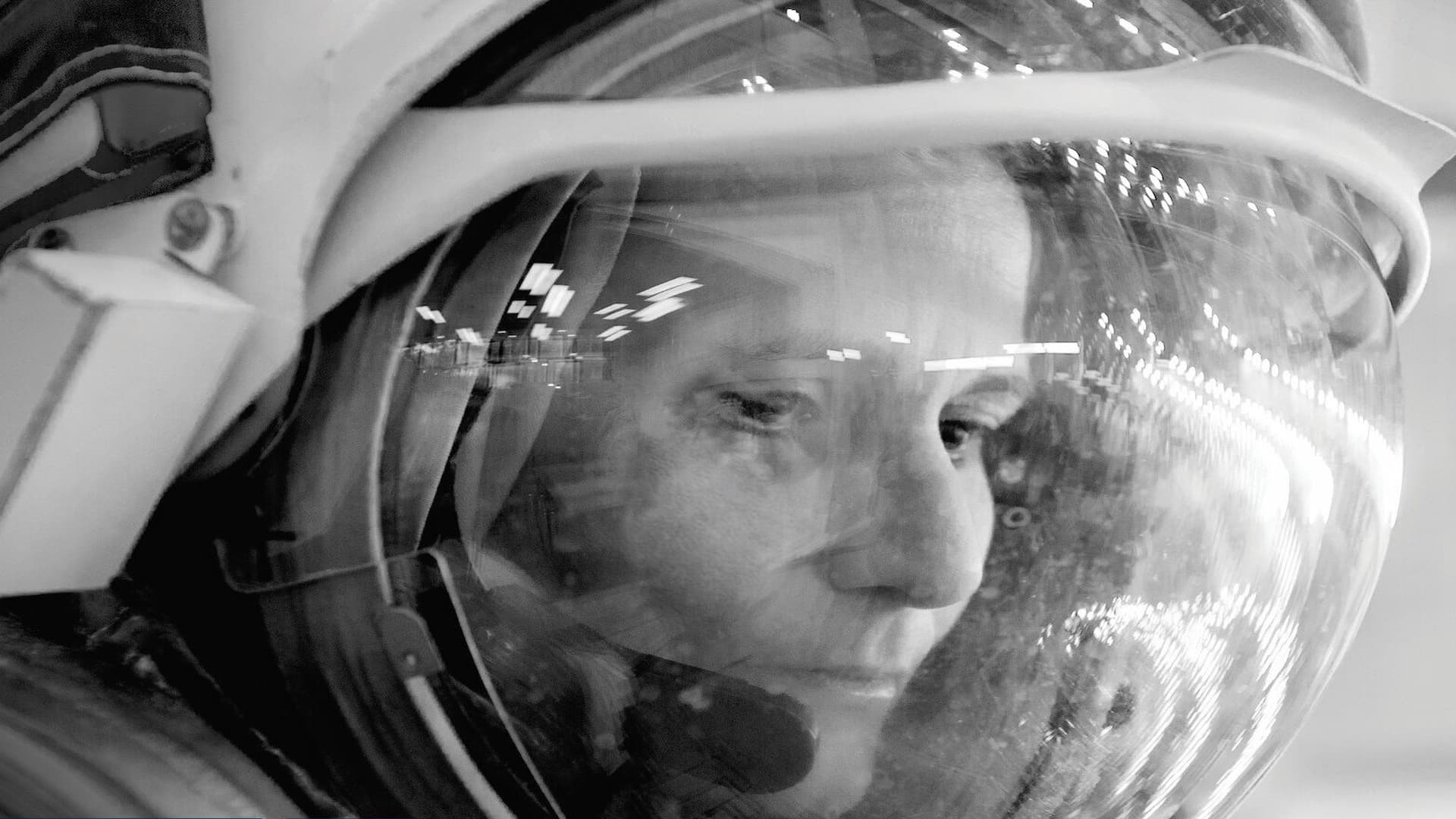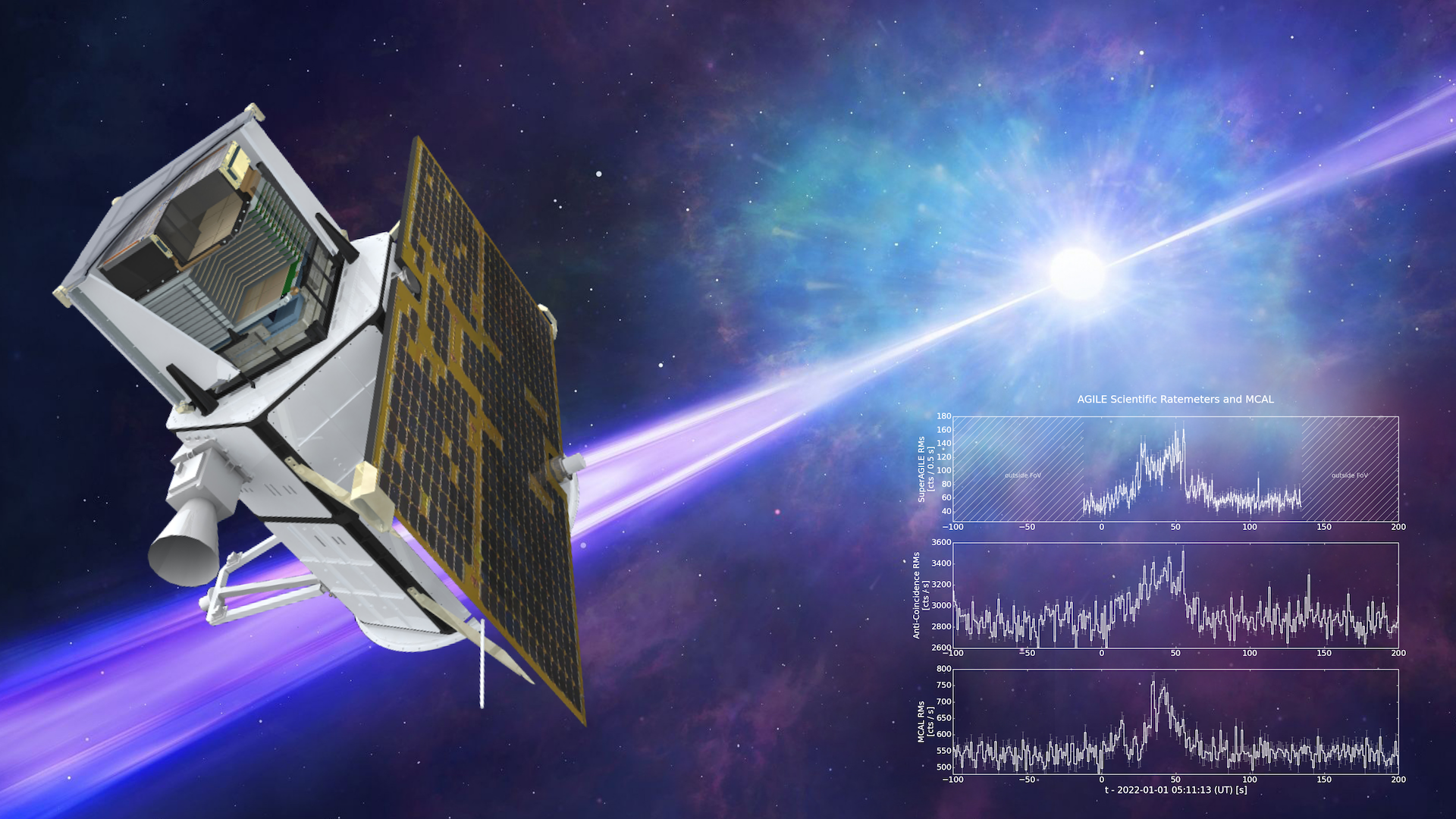The Acoustic Upgraded Diagnostics In-Orbit (Acoustic Diagnostics) investigation tests the hearing of International Space Station (ISS) crew members before, during, and after flight. This study assesses the possible adverse effects of noise and the microgravity environment aboard the ISS on human hearing. The investigation compares the relationship between the detection of otoacoustic emissions, sounds naturally generated from within the inner ear, and hearing loss levels when exposed to noisy environments.
Monitoring the effects of microgravity and the acoustic environment aboard the International Space Station (ISS) as a function of time spent onboard, it is important to detect and quantify the early symptoms of mild hearing impairment. These effects can be either temporary or permanent, and could lead to more significant hearing impairment in future long- duration space exploration missions.
Microgravity could a ect the hydrostatic balance of the body by increasing the uid pressure in the head and can also a ect the homeostatic processes that protect hearing, such as the stapedial re ex and the medio- olivocochlear mechanism. Pressure anomalies in the cochlea could also lead to damage of the cochlear structures. The Acoustic Upgraded Diagnostics In-Orbit (Acoustic Diagnostics) investigation seeks to provide a better understanding of whether hearing safety is a critical issue for the design of future long-duration missions, and what necessary countermeasures could be adopted, if needed.
Due to the noisy environment aboard the ISS, advanced otoacoustic emissions (OAE) based tests are the most practical available option for accurate in- ight diagnostics of hearing. These tests use high level stimuli (65- 55 dB), which are not perturbed by ambient noise. OAE diagnostics are objective (do not involve active participation of the subject), while psychoacoustic audiometric techniques use pure tone signals around 0 dB, which need to be perceived by the astronaut without any disturbance from external noise, which is a quite di cult task aboard the ISS.
The development of portable devices capable of accurate diagnostics of hearing in a noisy environment would be useful also for occupational health applications in noisy industrial environments, to detect temporary or permanent e ects during the workers’ exposure to noise.

